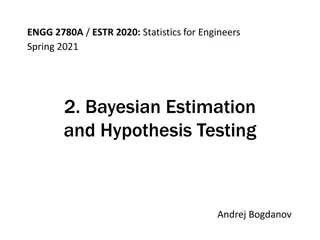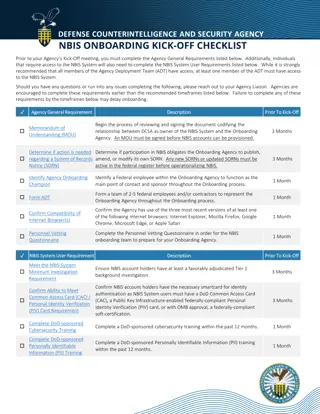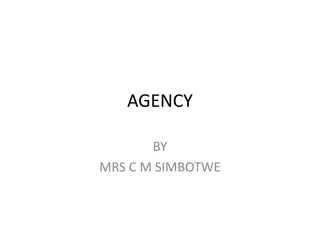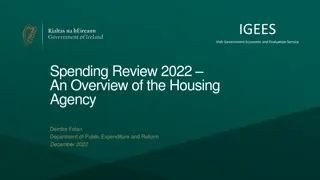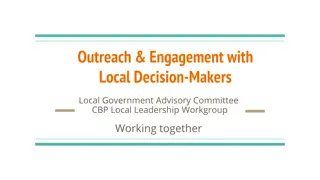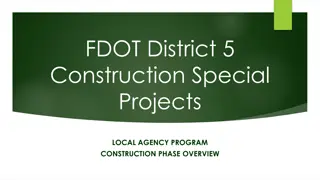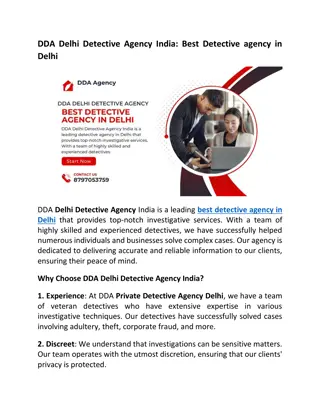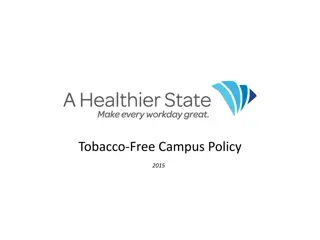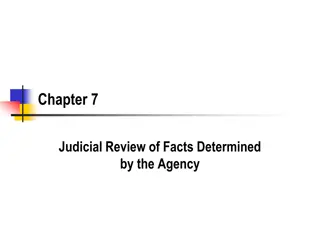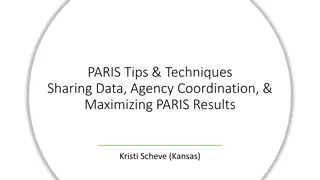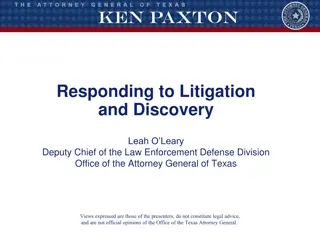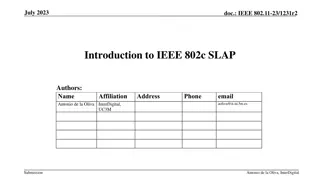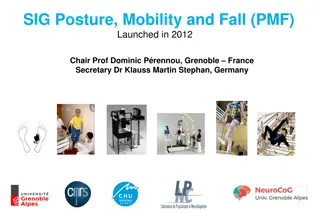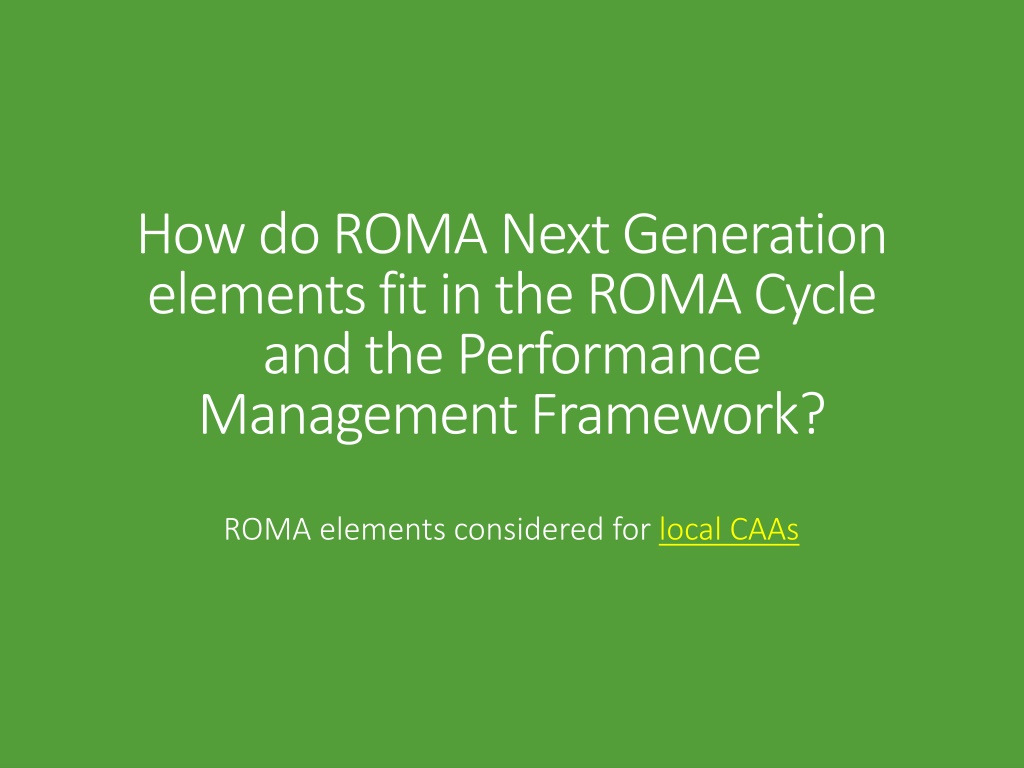
Enhancing Performance Management with ROMA Next Generation Elements
Explore how ROMA Next Generation elements align with the ROMA Cycle and the Performance Management Framework, enabling agencies to plan strategically using assessment data and national goals to meet community needs effectively.
Download Presentation

Please find below an Image/Link to download the presentation.
The content on the website is provided AS IS for your information and personal use only. It may not be sold, licensed, or shared on other websites without obtaining consent from the author. Download presentation by click this link. If you encounter any issues during the download, it is possible that the publisher has removed the file from their server.
E N D
Presentation Transcript
How do ROMA Next Generation elements fit in the ROMA Cycle and the Performance Management Framework? ROMA elements considered for local CAAs
The Performance Management Framework PERFORMANCE MANAGEMENT PERFORMANCE MANAGEMENT How well does the How well does the What difference does What difference does the Network make? the Network make? Network operate? Network operate? Local Organizational standards Individual and Family National Performance Indicators State and Federal Accountability Measures Community National Performance Indicators Results Oriented Management and Accountability System
The ROMA Next Generation framework is based on analysis of the assessment data as it relates to the National Theory of Change. This is an increased focus on knowing how the CAA uses assessment data. Questions that agencies will ask: What do individuals and families need? What does the community need? What national goals will we work toward to meet the needs? What are our agency needs? How well did we do last year in moving towards our goals? (This includes the analysis of report data from NPIs, service and strategies lists, community level efforts in progress and demographic characteristics)
The National Theory of Change, and a local TOC, can help to guide the planning process to construct meaningful agency wide strategic plans to address identified needs. The NPIs, service and strategies lists, community level efforts in progress and demographic characteristics reports will help agencies understand the relationship among these elements as they plan to achieving both program outcomes and overall agency outcomes they expect to achieve. Next Gen fiscal reporting will help agencies identify how they are spending their CSBG allocations, including for supporting agency capacity building.
The Performance Management Framework provides a way for agencies to consider the specific services and strategies they will implement. Both efficiency and effectiveness are to be considered. Agencies will ask the question: how will these services and strategies meet our goals and address the identified needs? How do the services and strategies fit into our Local TOC?
New indicators (Community and Family level NPIs) will be used so agencies can observe, measure and manage performance to capture the CAA s efforts. The Efforts in Progress report will allow agencies to follow progress on community level projects. This same concept can be applied to family level work.
Once services are completed and outcomes observed, the entire ROMA framework will help guide the evaluation process. What worked? Did the services and strategies do what was expected? Did the outcomes achieved (as identified by NPIs) validate the assumptions behind the selection of the services and strategies identified in our Theory of Change? Did our outcomes address the identified needs? What can be done differently? This analysis will provide new questions to be included in the next assessment and planning processes to improve agency performance.







